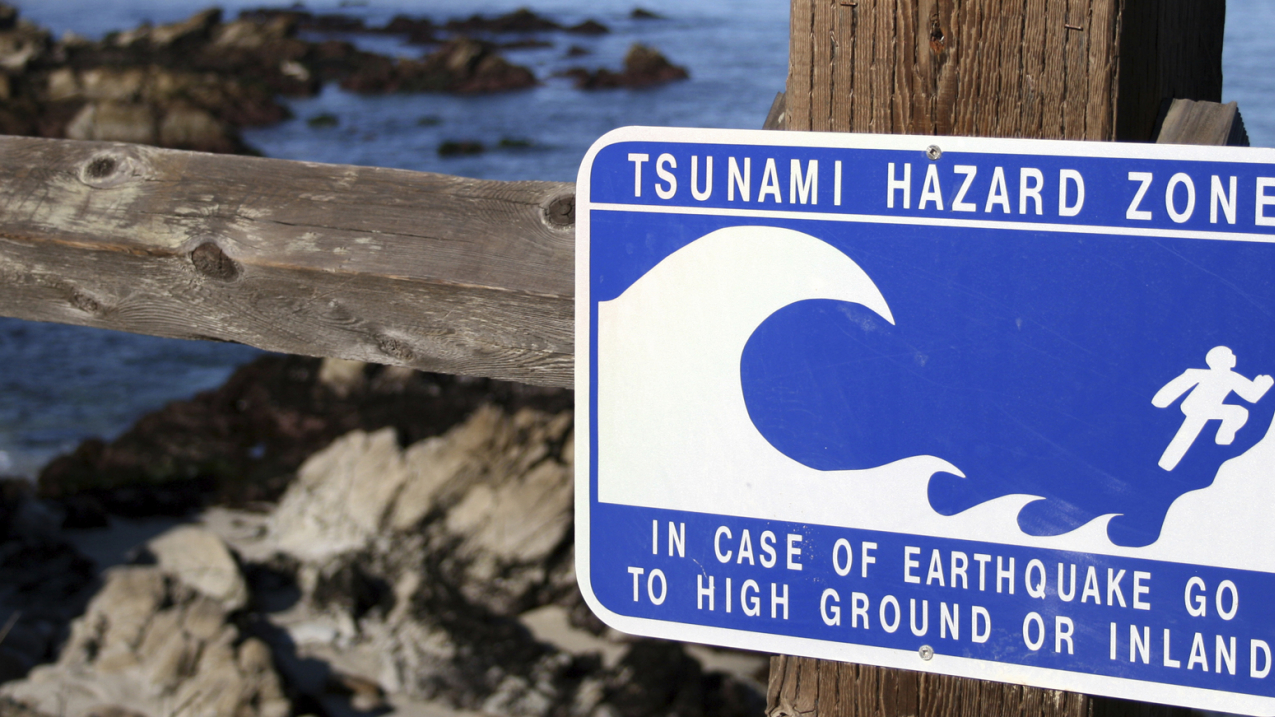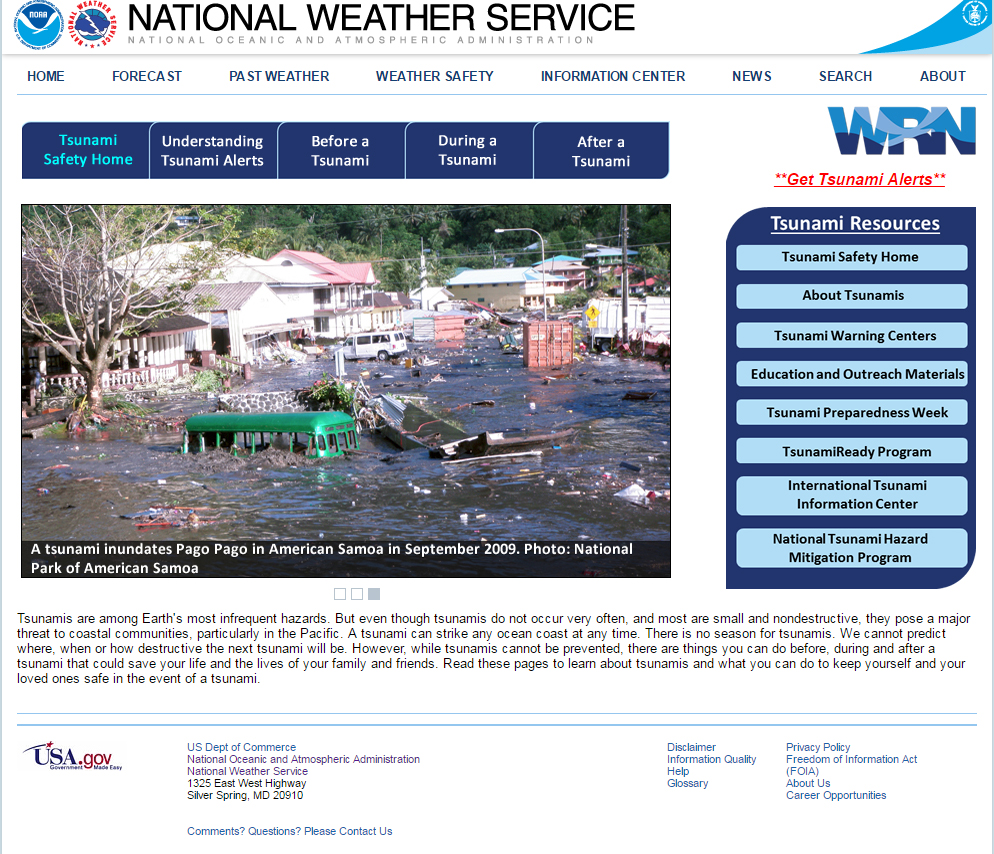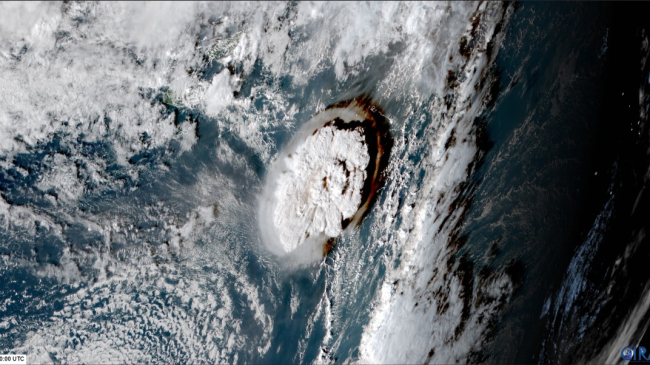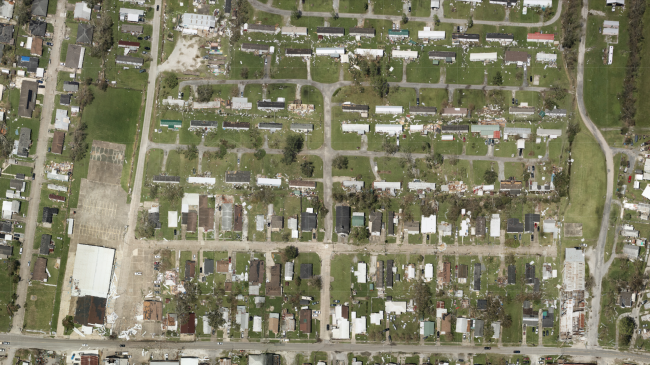Learn the warning signs of a tsunami and what to do if one occurs
From sea to shining sea, we love our beaches. In fact, nearly 39 percent of the nation’s population lives in a coastal shoreline county. But along with the enjoyment offered by coastal living and vacationing comes personal responsibility to prepare for unique hazards that exist in coastal areas, such as tsunamis.

Tsunamai Hazard Zone - Stock image - Tsunami, Danger, Sign, California, Beach (Image credit: iStock)
Because catastrophic tsunamis are infrequent, we have a tendency to get complacent and think that one will never happen while we’re at the beach. However, every coastline in the world is vulnerable to a tsunami.
NOAA’s tsunami warning and safety efforts
Since the 2004 Indian Ocean tsunami, NOAA has made great improvements in tsunami detection, forecasting, warning and preparedness. As a result, U.S. and international coastal communities are far better prepared to respond to a tsunami. Today, NOAA operates two tsunami warning centers 24 hours a day, 7 days a week. To help them decide when and where to issue tsunami messages, these centers depend on seismic and sea-level networks from around the world, including NOAA’s own Deep-Ocean Assessment and Reporting of Tsunami (DART) systems and coastal water-level stations, and tsunami forecast models.
Since the catastrophic Indian Ocean Tsunami in 2004, tremendous strides have been made in tsunami warning capabilities. Today, we are much better prepared to detect and respond to tsunamis before they strike. See how a tsunami is generated. Also, learn how to recognize the warning signs and what to do to protect yourself and your loved ones from tsunamis. (NOAA)
Through the National Tsunami Hazard Mitigation Program, the TsunamiReady program, and NOAA's international coordination activities, significant investment has been made in tsunami preparedness activities. Since tsunamis cannot be prevented, it is vital that people who live, work or play at the coast understand and are prepared for tsunamis. To help educate the public about what to do before during, and after a tsunami, NOAA created an online tsunami safety resource.

Everyone — from coastal residents to beach vacationers — will benefit from spending a few minutes learning about the warning signs of a tsunami and what to do if one occurs.
Official tsunami warnings are broadcast through local radio and television, wireless emergency alerts, NOAA Weather Radio and NOAA websites (like Tsunami.gov). They may also come through outdoor sirens, local officials, text message alerts and telephone notifications. These warnings will tell you what to do. However, if a tsunami is generated near the coast, there may not be time for an official warning, so it’s important to understand the natural warnings.
Natural tsunami warnings
- A strong or long earthquake
- A sudden rise or fall of the ocean
- A loud, roaring sound (like an airplane or a train) coming from the ocean
If you experience any of these, a tsunami could be coming. Take action:
- When you can move safely, go quickly to high ground or inland, away from the water.
- When you are in a safe place, get more information from radio, television, or your mobile device (text or data).
- Stay out of the tsunami hazard zone until officials tell you it is safe. The first wave may not be the last or the largest and the danger may last for hours or days.
To learn more about tsunamis and tsunami safety, visit NOAA’s Tsunami Safety website.



